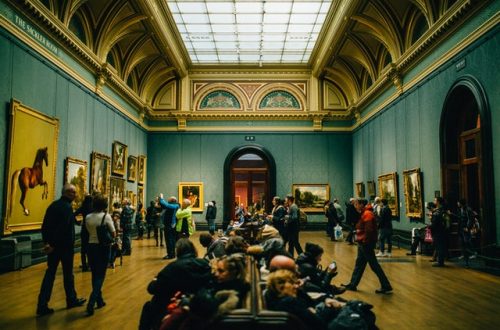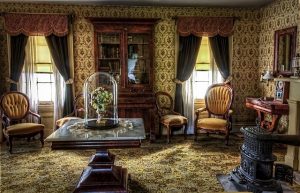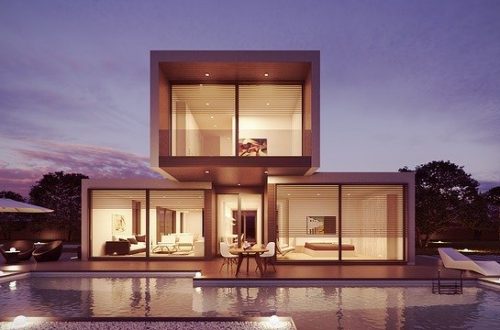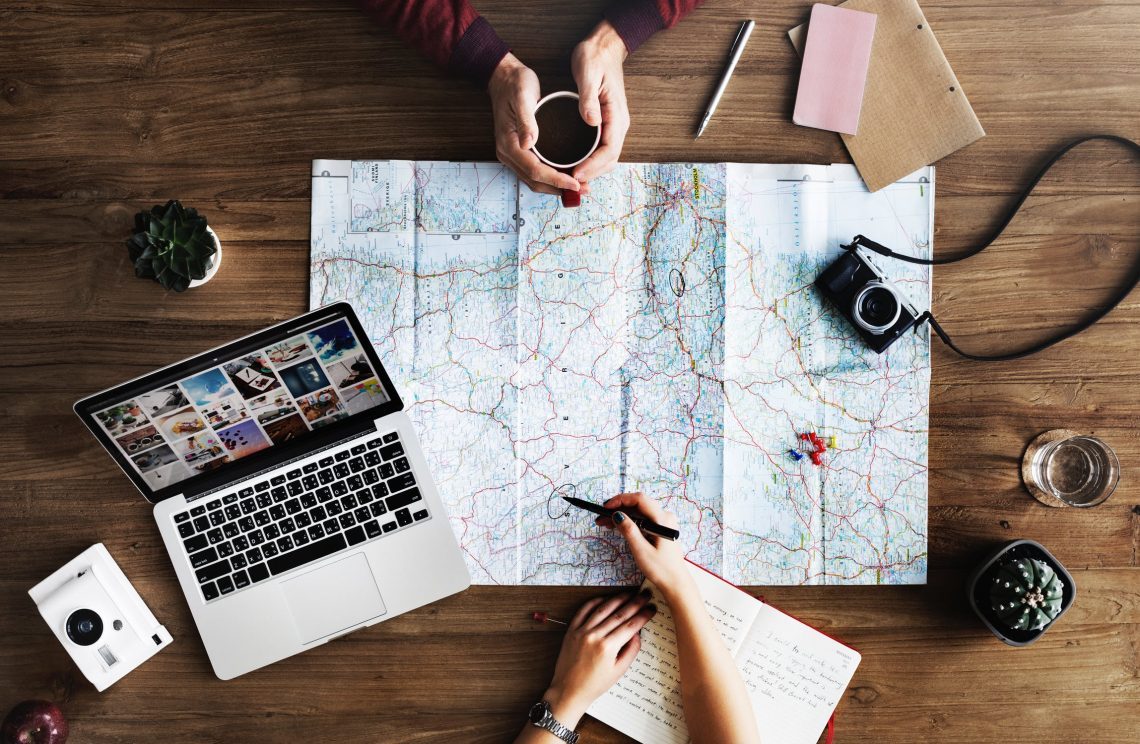Building a business that revolves around event management requires certain planning in order to succeed in that particular line of work. We have compiled several pointers as a guide.
1.) TO BUILD EVENT BUSINESS YOU MUST KNOW YOUR POTENTIAL CUSTOMERS
You may learn a lot about the expectations of your customers by opening the doorways of communication.
As soon as you have this info, put it securely on your client relationship management program so that you may report on it and get it later on. The better you understand the target market of your Melbourne based formal venues, the more likely you are to deliver on the value they’re looking for, book them today and later on, gain profits from the mouth-to-mouth advertising which will happen as soon as they experience your awesome support. Opening up a conversation with your potential clients gives you an opportunity to show off your attention to detail which will surely impress potential clients. Everything is important, from specific lighting requirements right down to ensuring you have enough name badges, your clients will raise their eyebrows at how thorough you are. Understanding your clients can aid the earnings of your venue.
Everything you should find out so as to construct your event management company:
- Who your clients are
- The type of audience that they attract
- What your clients are Attempting to achieve
- If they generally organize events
- The amount of capital they will invest
- What they expect from you before, during, and after their events
- What additional places they’ve utilized previously or are contemplating for the future

2.) Establish Your Venue’s Brand
If you’re consistently delivering in your brand, you can boost loyalty with customers and viewers, gain audiences to reunite and boost earnings.
The term “earnings” is rooted in the idea of returning. Paradoxically, the very best method for places to increase sales is to get customers and audiences to unite. To get an events company to hire your Melbourne based venue, you need to concentrate on getting the local customers and audiences to go to your place. This necessitates devotion on the part of the customer or audience member. Loyalty comes from a feeling of connection to the brand. A feeling a new expects needs and consistently delivering quality. It follows you have to set an excellent offering that satisfies the client’s occasion needs; and their customer support requirements.
Setting up what your brand promises is crucial. This ought to be an offering/statement/promise to a client that’s straightforward to stick to; since it must be exactly the thing that defines your own brand’s offering to its customers. Similarly, if this is fulfilled, it is supposed to be an approximation of this testimony that customers also give to potential prospects as a benchmark.
3.) Enable Experiments
People today want to be motivated when they attend their own venue. Are you currently making it an inspirational place to be?
Can your four walls — and the interior components like the architectural trusses— be changed to match the end goal of your clients and their visitors? A tip we obtained from retailers: the sights, sounds, scents, and respective physical items are strategically placed to inspire transactions. Your site can also leverage this psychology technique by assessing each element of this environment that you provide and developing a one-of-a-kind experience that motivates people to stay or return to your business.
Visitors need to know that their event will be in great hands. This includes feeling comfortable with your site’s flexibility. Can your business deliver upon the vision that they had planned? What can you do to guarantee this type of fluency? One trick is to incorporate a good interior design strategy. Opt for laminated wood accents which are generally versatile to any type of event.
4.) Emphasize The “Second Expertise”
The next encounter is the constant stream of amusement and engagements at your venue.
The first instance is anything the attendee is expecting at the event, a functionality, the principal meeting at a seminar, name tags provided etc. The next experience branding doctrine, as educated by Brad Mayne in the International Association of Venue Managers (IAVM), is what positively (or negatively) affects the very first encounter.
Should you manage a conference or exhibition centre, the next encounter consists of interactive signage boards which draw attendees’ interest. It is the cozy computer kiosks where guests may check their email. It is the availability and attentiveness of your staff. It is about doing each of these items in a means that sets your site apart. It is about fulfilling those “unexpressed dreams”. All these are the things that fortify your site’s brand and help create a psychological connection that turns present guests into future clients.
This event experience is exactly what people consider when choosing a venue, and what can induce recommendations. It is frequently said that the secret to a thriving restaurant is as straightforward as using good food. This experience is how your place will function.
5.) Create an Internet Space To Your Venue
To construct an event company, you must consider your place as more than only a physical area.
Have a powerful social networking component for your advertising mix. For example, prior to the event, provide booking discounts to clients if they “like” your Facebook page. Following the event, hold a marketing event that brings old clients into a draw every time they convince one of their friends to “like” your social media page. Blur the boundaries between offline and online. Just think about every interaction with prospective clients as “customer engagement”.
Nearly all customers (97 percent) currently use online networking when researching goods or services in their regional area. With so a lot of individuals now looking online to collect information regarding their choices, you want to make sure your conference or exhibition center includes a highly effective site that’s built with an intelligent front and rear end.
Furthermore, if your site looks great and delivers your brand promise well — but nonetheless fails to create any traffic, what good is it? It is vitally important that your organization knows how to correctly optimize your website both locally and throughout the net. Things like page rank, heading tags, content length, keywords, and visitor participation can cause your organization to float or sink.
6.) Start Looking For Specific Opportunities to Build Event Business
Think outside your place’s four walls.
Think about a co-op along with other regional vendors. Jewellers, wineries, or even the companies that manufacture product displays are all ideal choices to collaborate with. Popular local cover bands are a fantastic match if you would like to pull business holiday celebrations. Create third-party winners or brand urges that could assist with this.
Speak to other places. Do you understand what other places do to improve earnings? Could not it be great to understand? Become involved with business discussions. Combine a place institution like IAVM. Proceed to conventions. Network. Learn! Provide value-add solutions.
Event organizers have numerous specifics and sellers to maintain straight, they will certainly understand the value in utilizing your site as their source for event programs, sites, merchandising and so forth.
7.) Place Powerful Tools In Position
Are you using the proper software to control your venue?
Within this business, the most effective resources which may erode gains are earnings flows. The two most typical earnings flows for both business places and event places are cash left on the dining table and lost chances. When places have the correct systems and procedures set up, they catch otherwise lost information and realize more cash in the jobs they’re already doing.
The events business is built on relationships and individual relations. So that your system should let you do more than handle your calendar; it requires to assist you to handle your relationships. Your system should monitor all communications and automate follow up tasks so you’re nurturing relationships. Your system should enlarge your peripheral vision so that you may monitor services, equipment, and other event details in 1 area. What are such clients telling you, or even more importantly, what exactly are they not telling you? Your coverage needs to enable one to anticipate customer requirements.
8.) Get The Right People On The Proper Job
Many event venues assign a particular employee or group of employees with the duty of bringing business from the technical market segment. The technical market here can mean the manufacturers of the equipment/materials such as welded mesh needed to construct the event and the manpower behind the event.
Thinking about the infinite selection of events that may confront, this strategy is logical. But places may also consider having somebody who mostly focuses on advertising to “additional” event customers to make sure that somebody is ready beforehand to handle the special requests which could be drawn up by people organizing weddings, banquets, holiday events, etc.. Just having somebody in the ideal frame of mind to anticipate and respond to rare requests may go a very long way in pleasing unconventional event clients and realizing new earnings.
Your site sales specialists ought to be aligned to advertise segments to optimize earnings. Clients want to know their event is in skilled hands, which the professionals responsible for executing it may meet their vision. This really is a call-back to a previous announcement regarding brand guarantees, but a crucial one that’s resource implications too.
In the event the bids come in too high, then you might have to decrease costs with various details of the buildout. The expression used to this is “value engineering,” which pertains to structural and mechanical costs but can also refer to finishes, flooring and other things.
Good planning is essential for building a thriving brand new team. It’s an involved procedure and takes quite a little bit of patience and work. Despite all of the very best preparation, you need to allow for an extra 10 per cent contingency sum because regardless of how much you want, something won’t go according to plan. The more you utilize recognized design and building professionals (rather with gym encounter ), the more effective your outcome will be.





















































